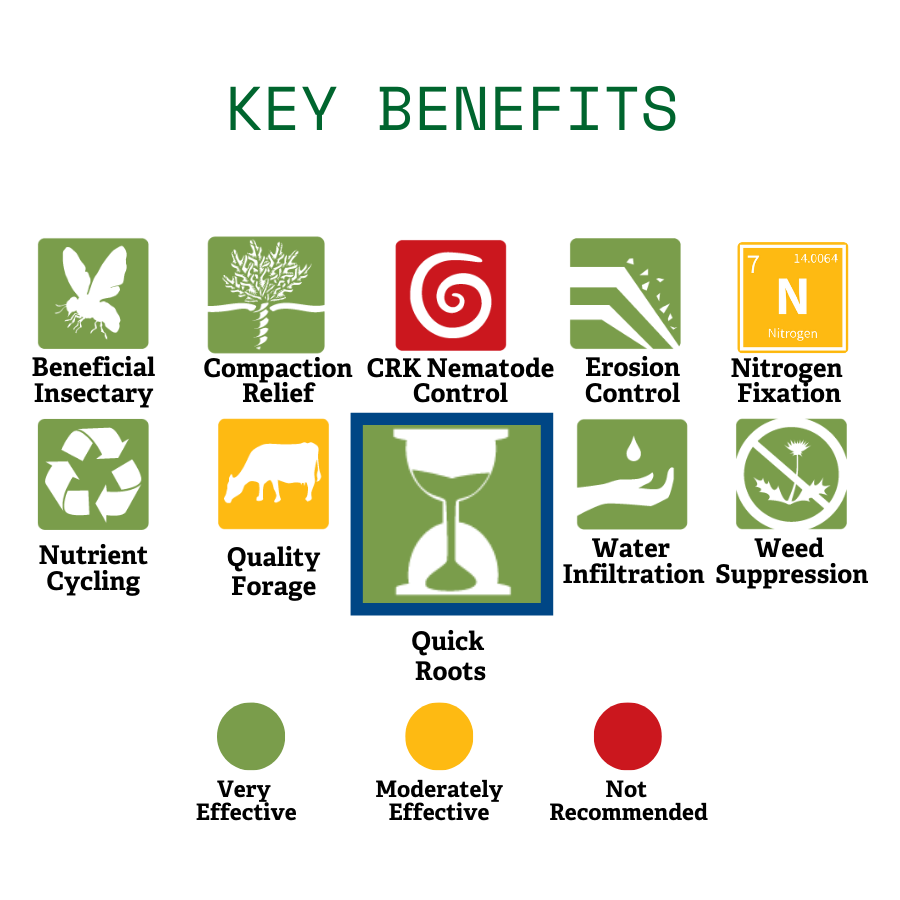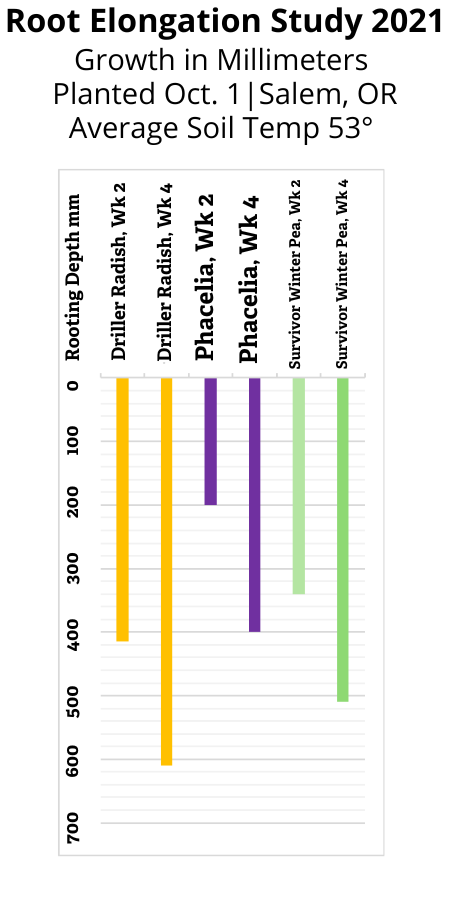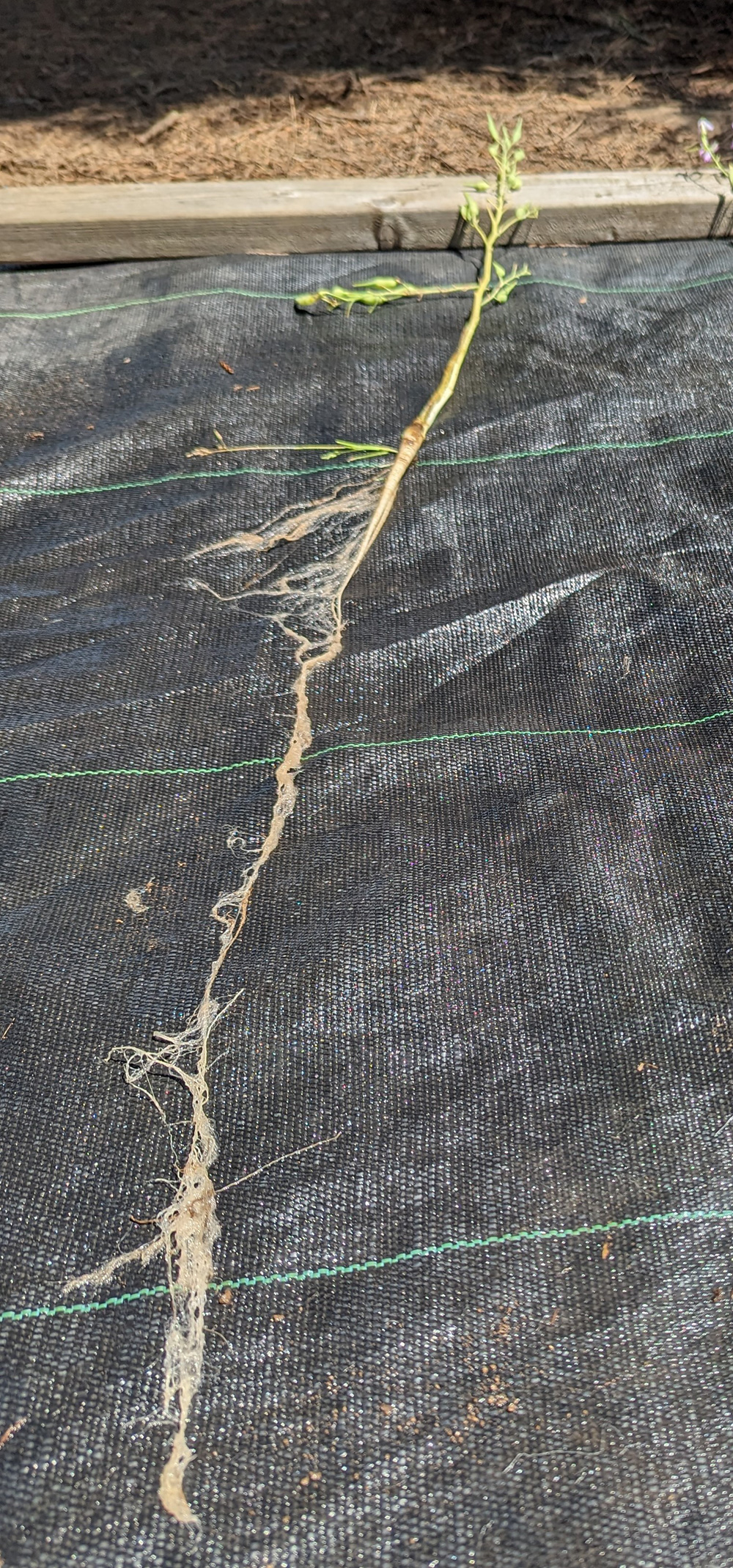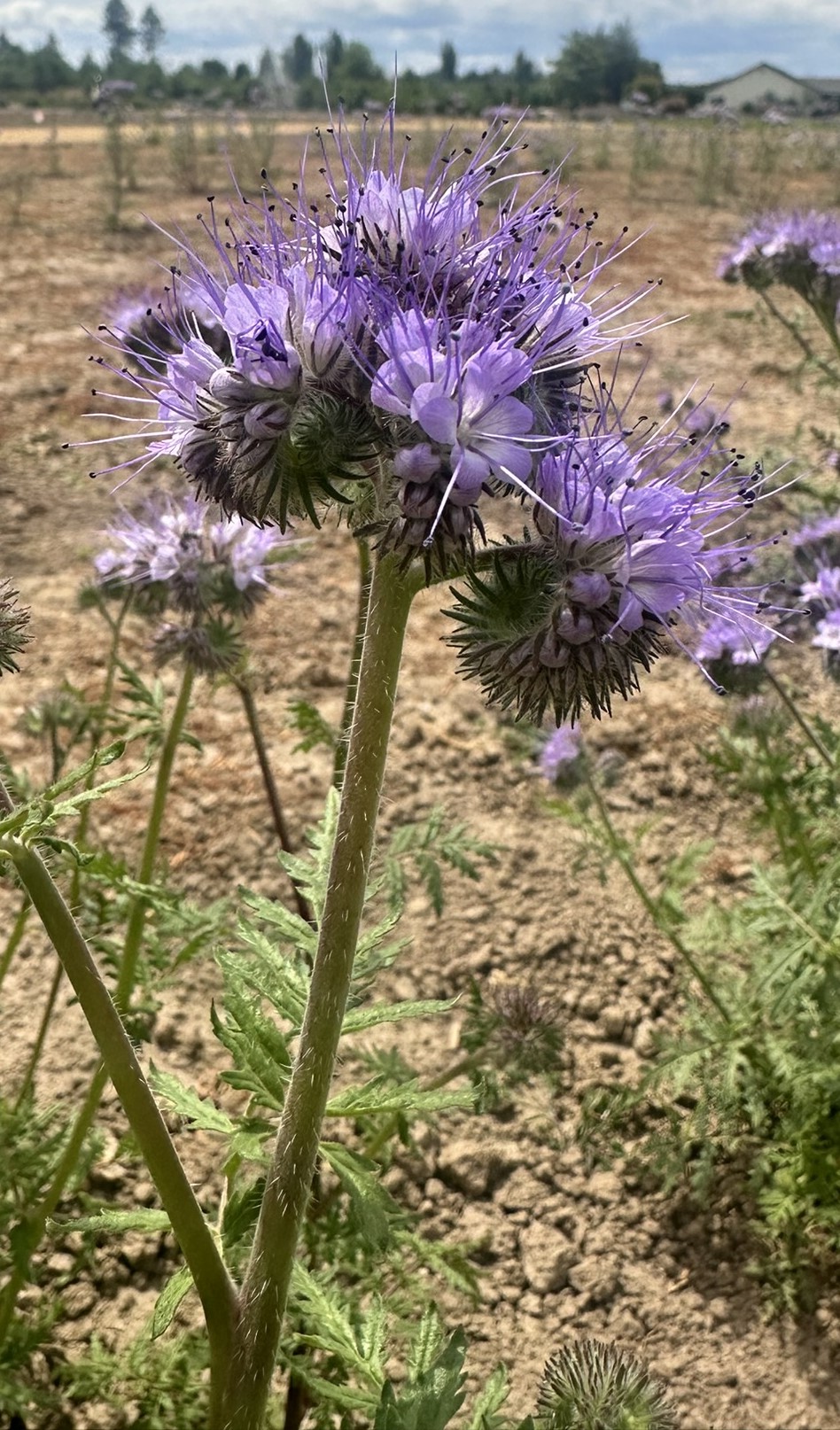
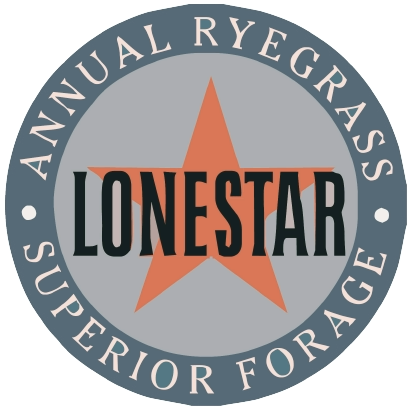

Drill: 22 lbs/acre
Broadcast: Not recommended
Depth: 1/4-1/2
The Symptoms: Soil hard-pan restricting root growth of cash crop
The Prescription: The Compaction Relief formula is backed by research and features three plow-pan-busting root systems. Survivor Winter Pea, Tap-It Turnip, and Lonestar Annual Ryegrass were selected based on studies focused on breaking through high-bulk density soils. This mix provides a strategic variation of root architecture and exudates to enhance soil health and structure. Supported by scientific findings, this formula is also compatible with NRCS incentive programs, making it both a proven and practical solution for addressing soil compaction.
The Benefits: The Compaction Relief formula delivers a range of soil enhancing advantages. It effectively breaks through plow-pan layers, reducing the need for intensive tillage and promoting deeper rooting for cash crops. This leads to improved drought tolerance, enhanced water infiltration, and reduced surface runoff. Additionally, it minimizes soil erosion, creating healthier and more resilient growing conditions for long-term agricultural success.
The Research: The roots in this mixture are capable of penetrating soils with a bulk density of 1.6 g/cm³, a level typically considered restrictive to root growth. Studies have shown that corn grown in high-bulk-density soil following these cover crop varieties exhibited significant improvements, including increased root and shoot biomass. Most notably, yields improved by up to 50% compared to the control group grown in high-bulk-density soil without a cover crop.
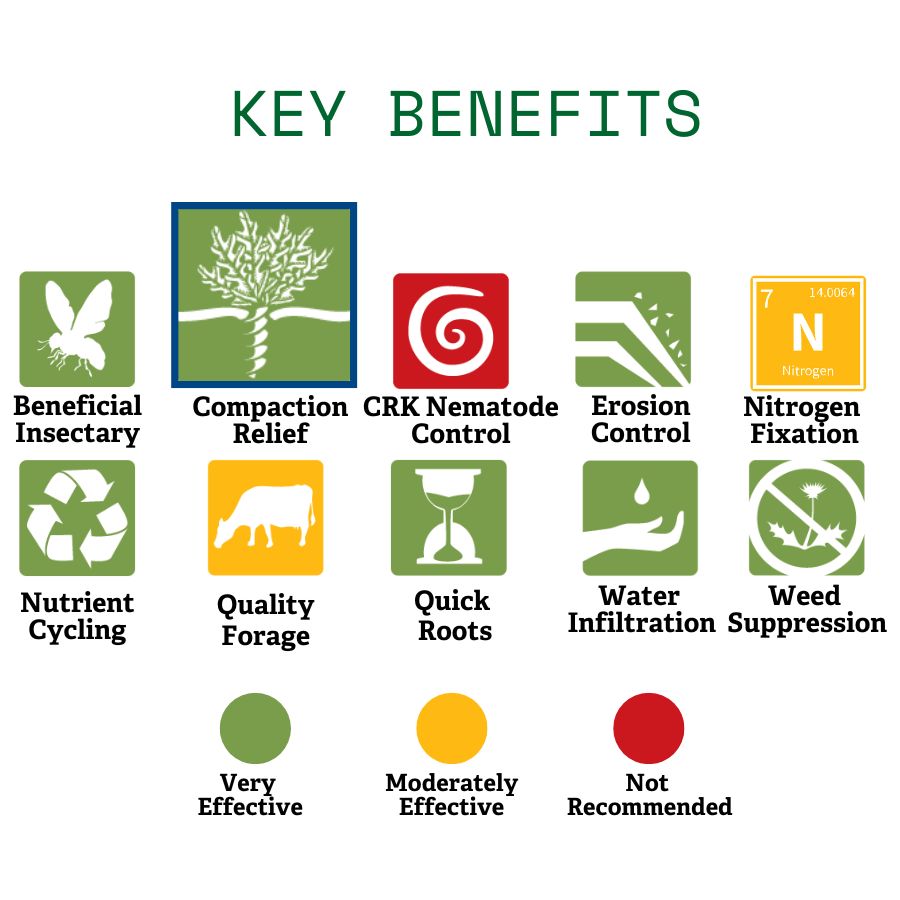
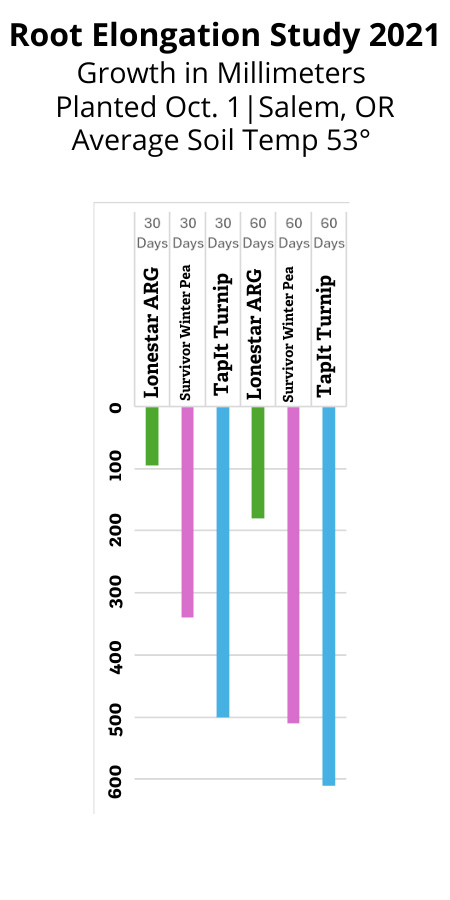

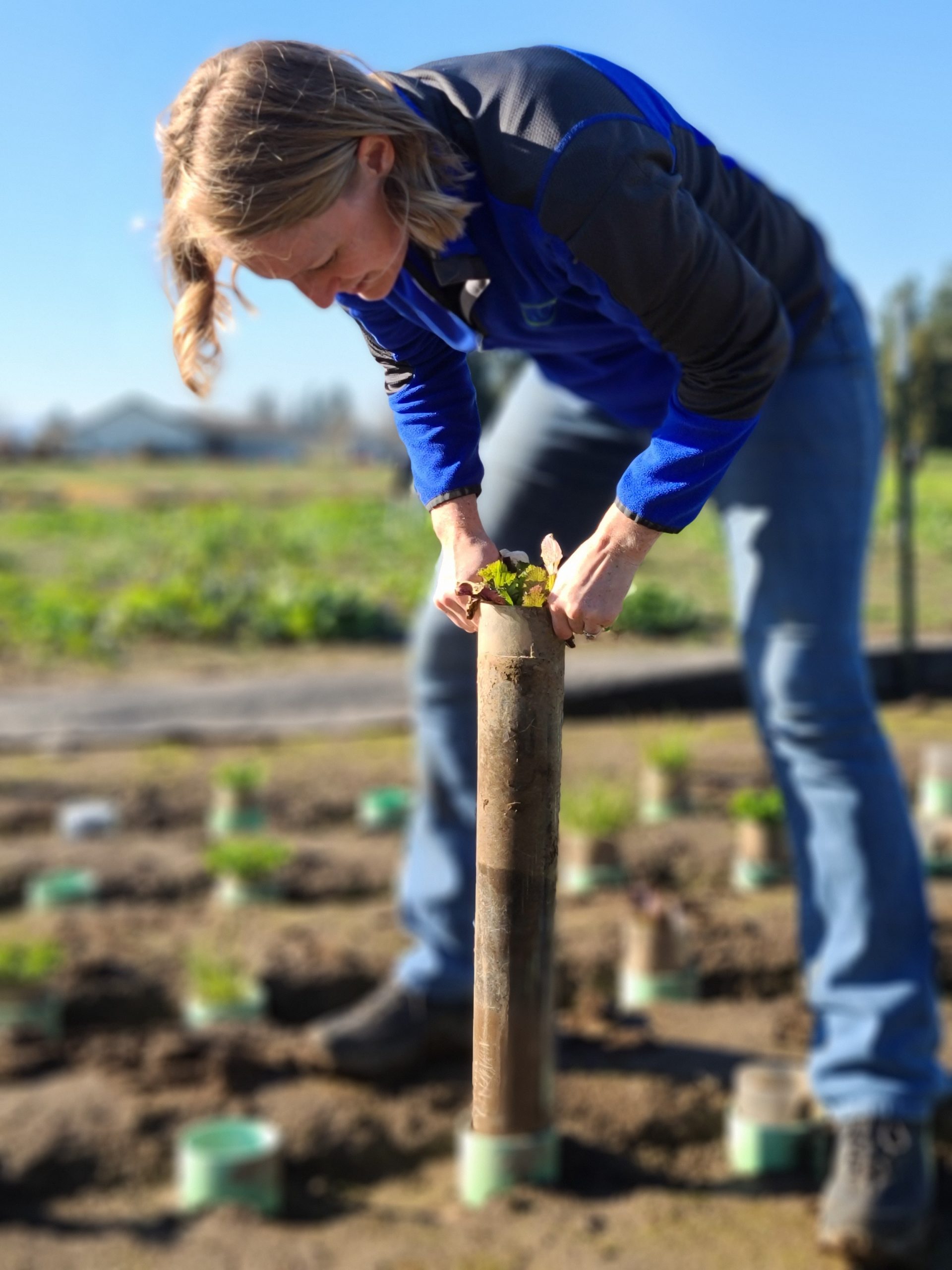

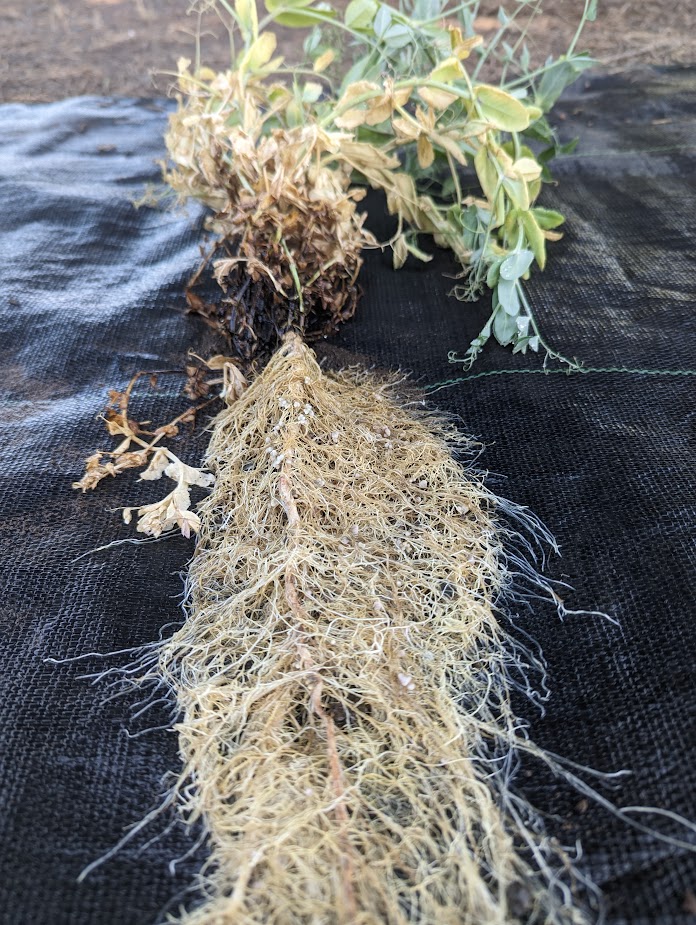

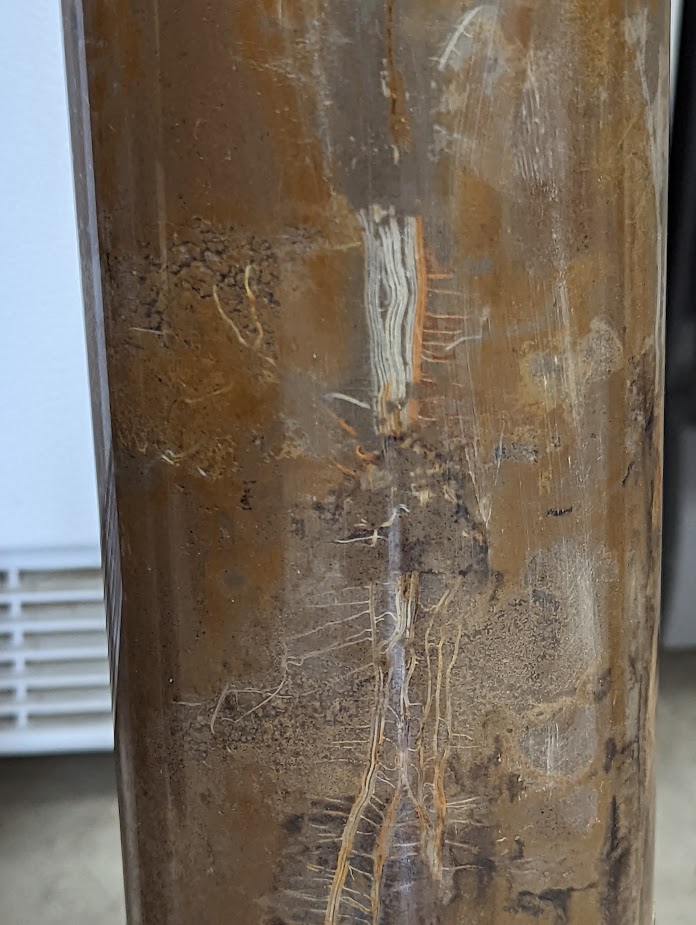

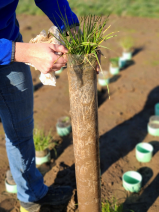


Drill: 30 lbs/acre
Broadcast: Not recommended
Depth: 1/4-1/2
The Symptoms: Cash crop plant health and yield impacted by nematodes Meloidgyne incognita, M. arenaira, or M. javanica
The Prescription: The Nematode Control RX formula features two specialized varieties for effective nematode management: Carwoodi Radish and NemaBlock Oats. These components have been proven to reduce nematode populations in the soil, safeguarding cash crops and minimizing potential damage.
The Benefits: The Nematode Control RX Formula is designed to break nematode life cycles while promoting microbial diversity. Featuring biofumigant properties and nitrogen-scavenging capabilities, it enhances soil health by increasing organic carbon levels and reducing the reliance on chemical inputs.
The Research: University-led trials focused on nematode cycle disruption have shown that both Carwoodi Radish and NemaBlock Oats are poor hosts for Meloidogyne incognita, M. arenaria, and M. javanica, effectively reducing their populations and limiting their impact on crops.
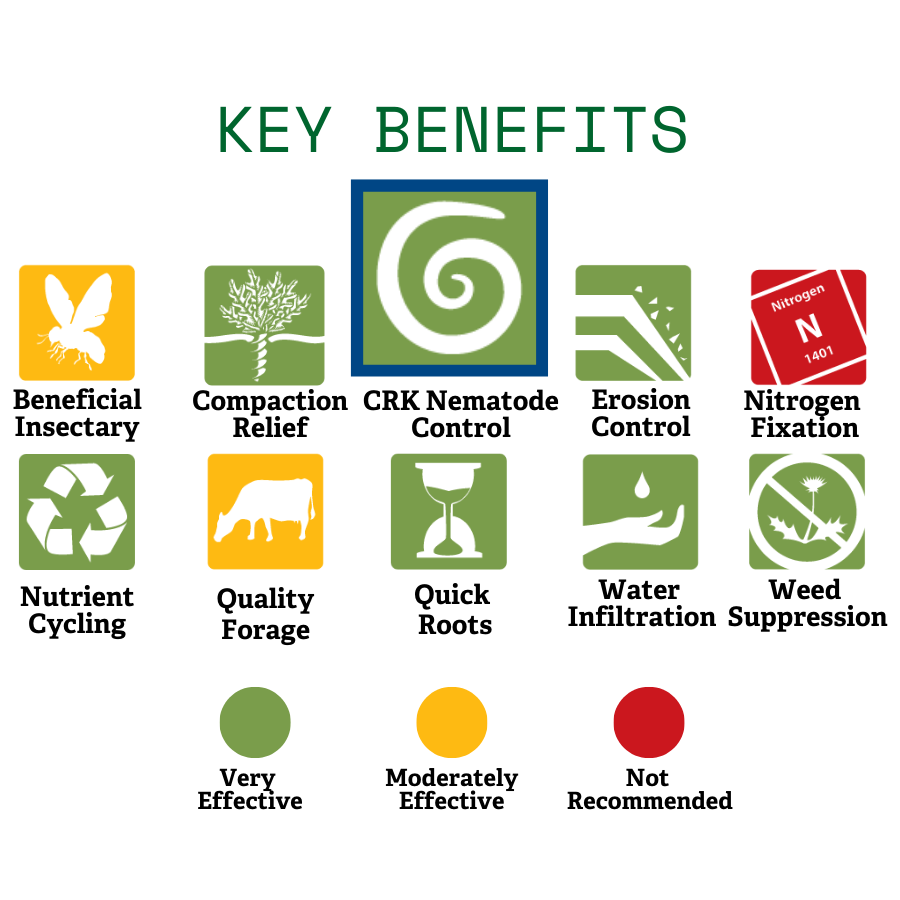
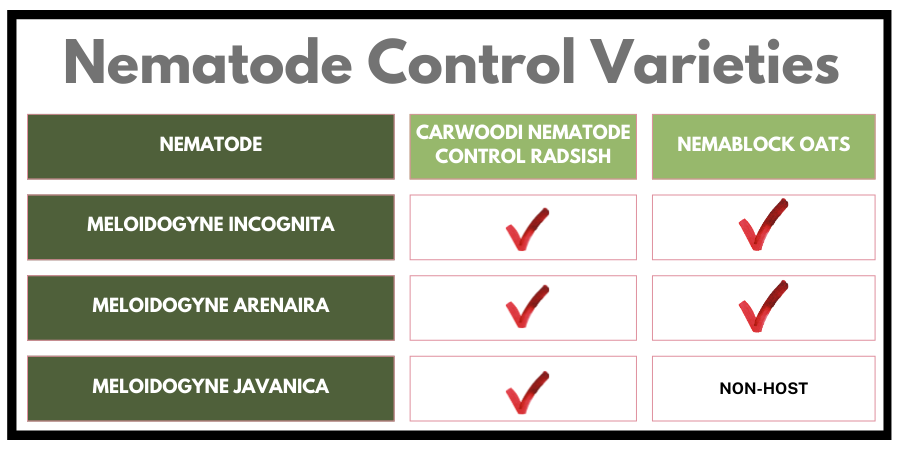




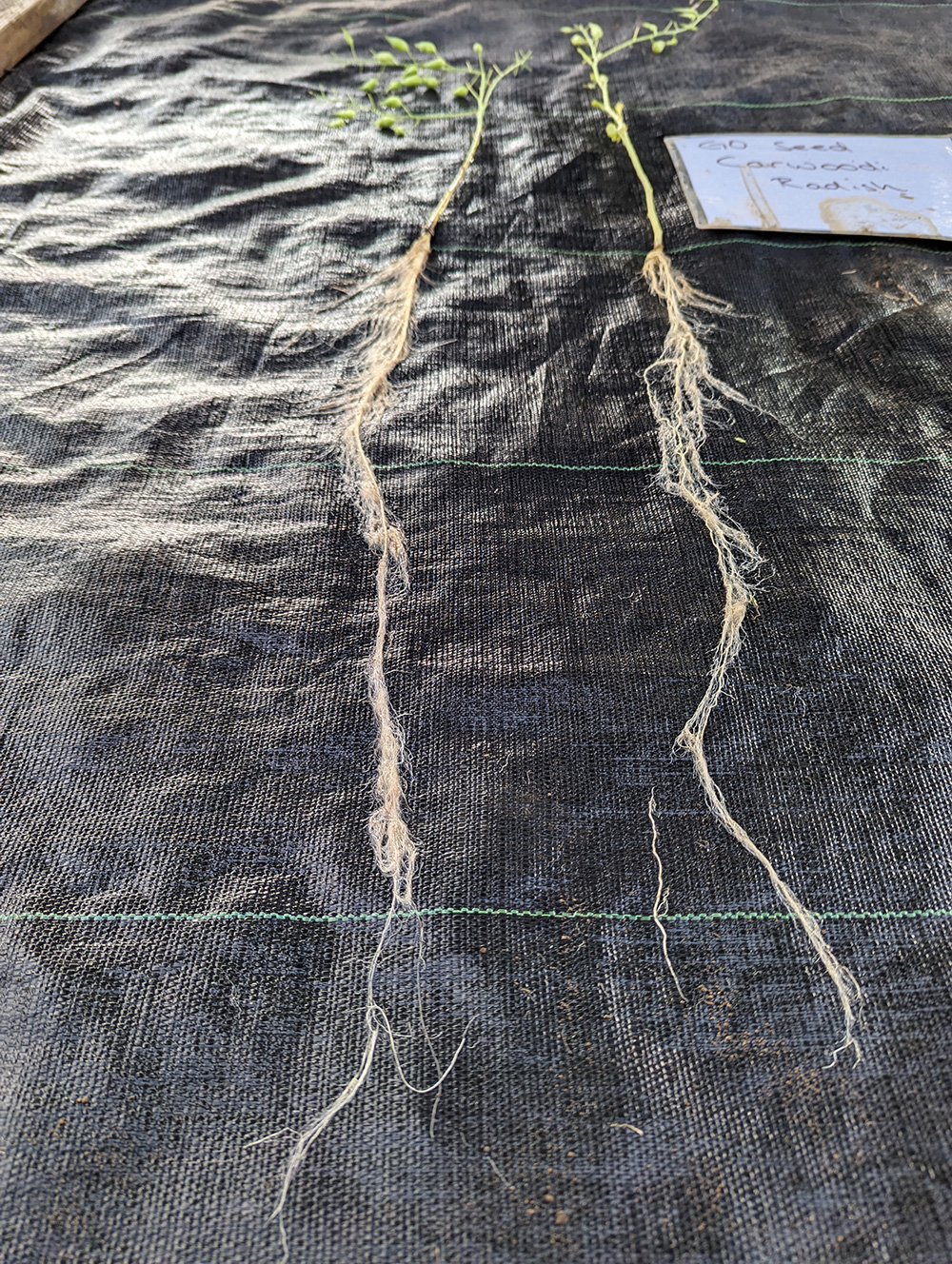

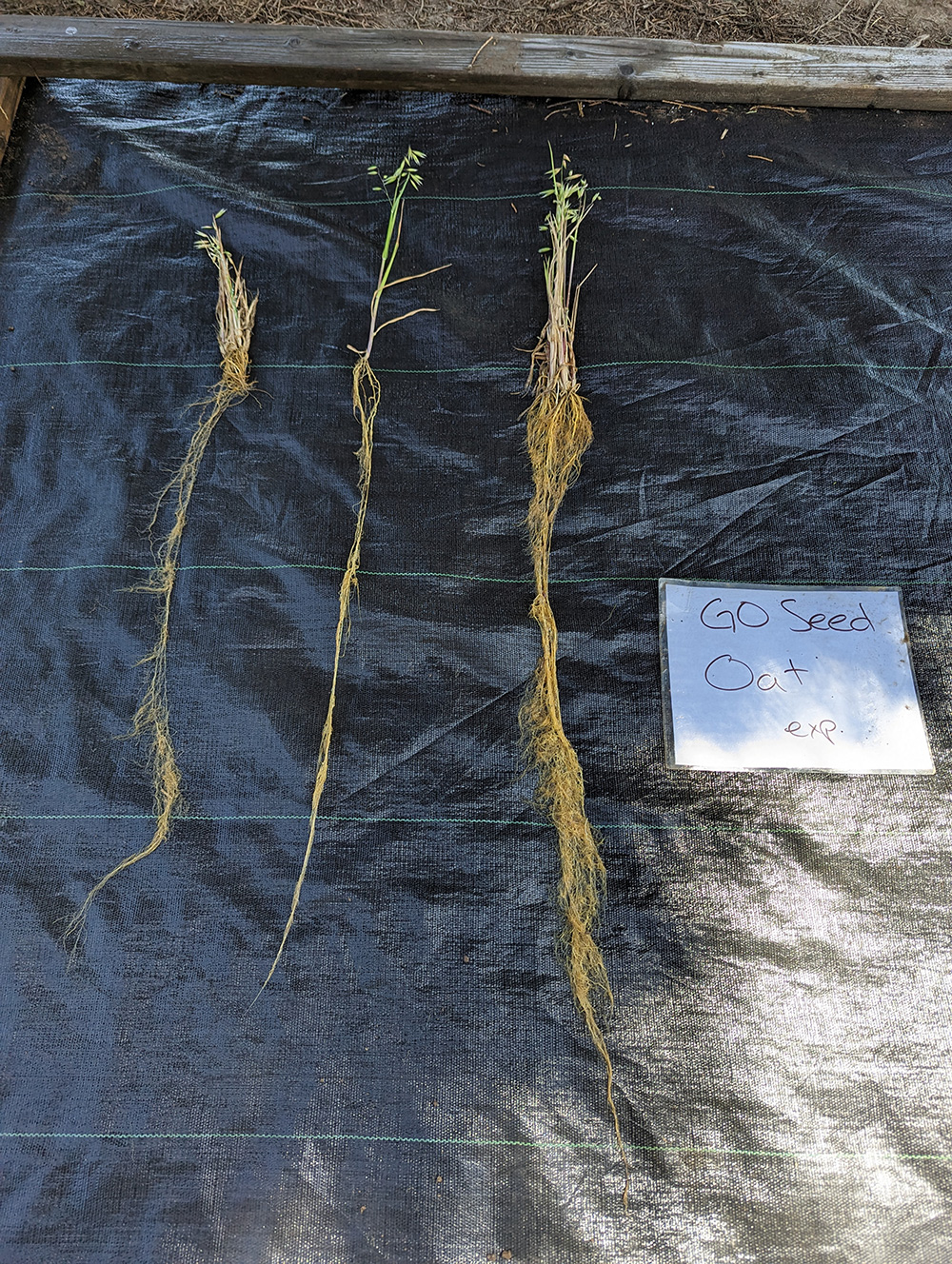



Drill: 41 lbs/acre
Broadcast: Not recommended
Depth: 1/4-1/2 inch
The Symptoms: The cost of synthetic nitrogen (N) is too high, and reducing the carbon intensity (CI) score is essential.
The Prescription: Nitrogen released from the decomposition of this residue is strategically timed to supply N to corn during the critical V6-V10 growth stages, which are essential for kernel development. Regenerative farmer Rick Clark has successfully utilized a similar blend, significantly reducing fertilizer applications and lowering his carbon intensity (CI) score.
The Benefits: Reduced reliance on N fertilizer, a lower carbon intensity (CI) score, decreased fertilizer runoff, legume additionality for carbon market opportunities, consistent results from extensive on-farm trials, and enhanced soil microbial activity.
The Research: In my land cover cropped with FIXatioN Balansa Clover I was blown away to see how the nitrogen content had doubled with the clover from June 4 to June 8! By letting it grow four more days, the cover crop biomass was able to put on an additional 140 lbs of nitrogen, 40 lbs phosphorus, and over 200 lbs of potassium.”
Rick Clark, Farm Green Consulting
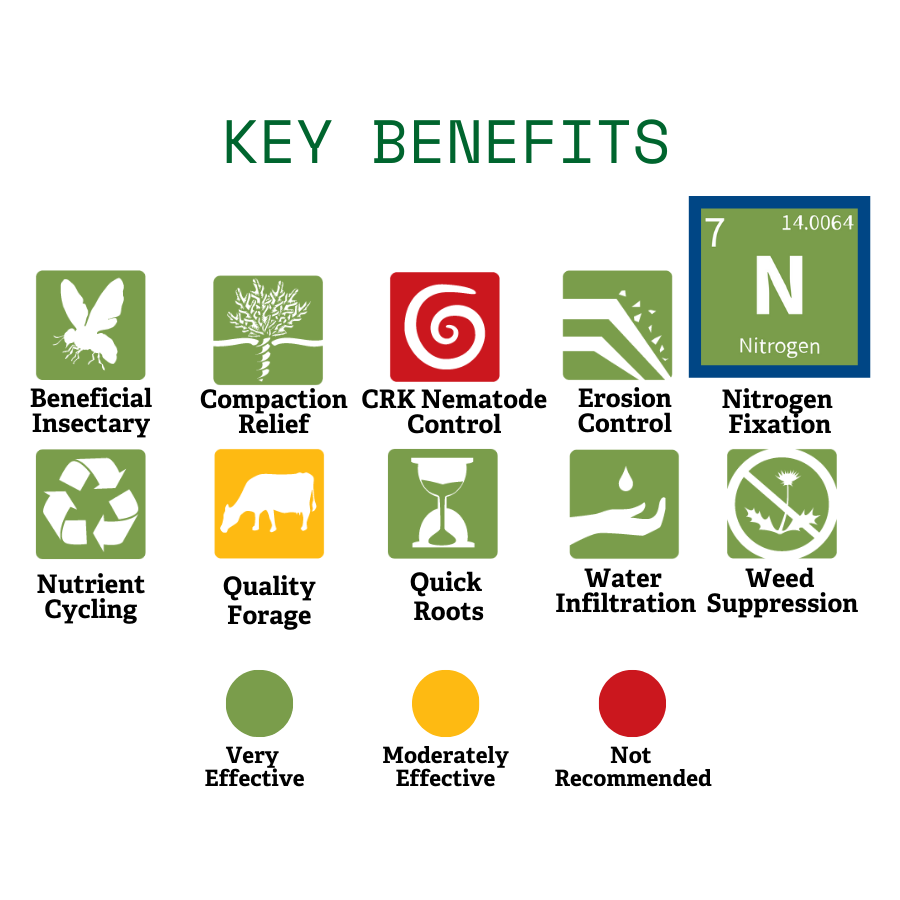


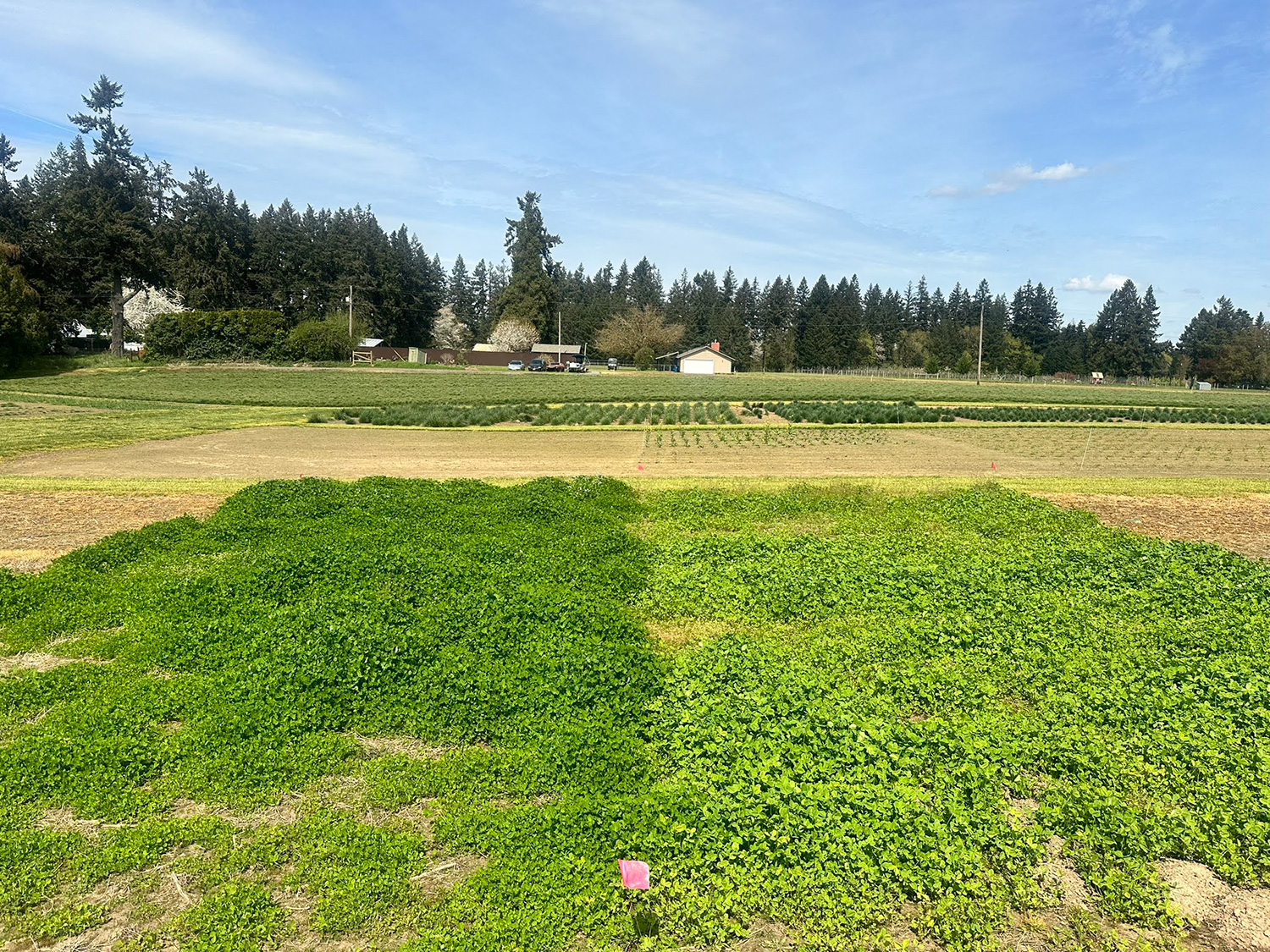
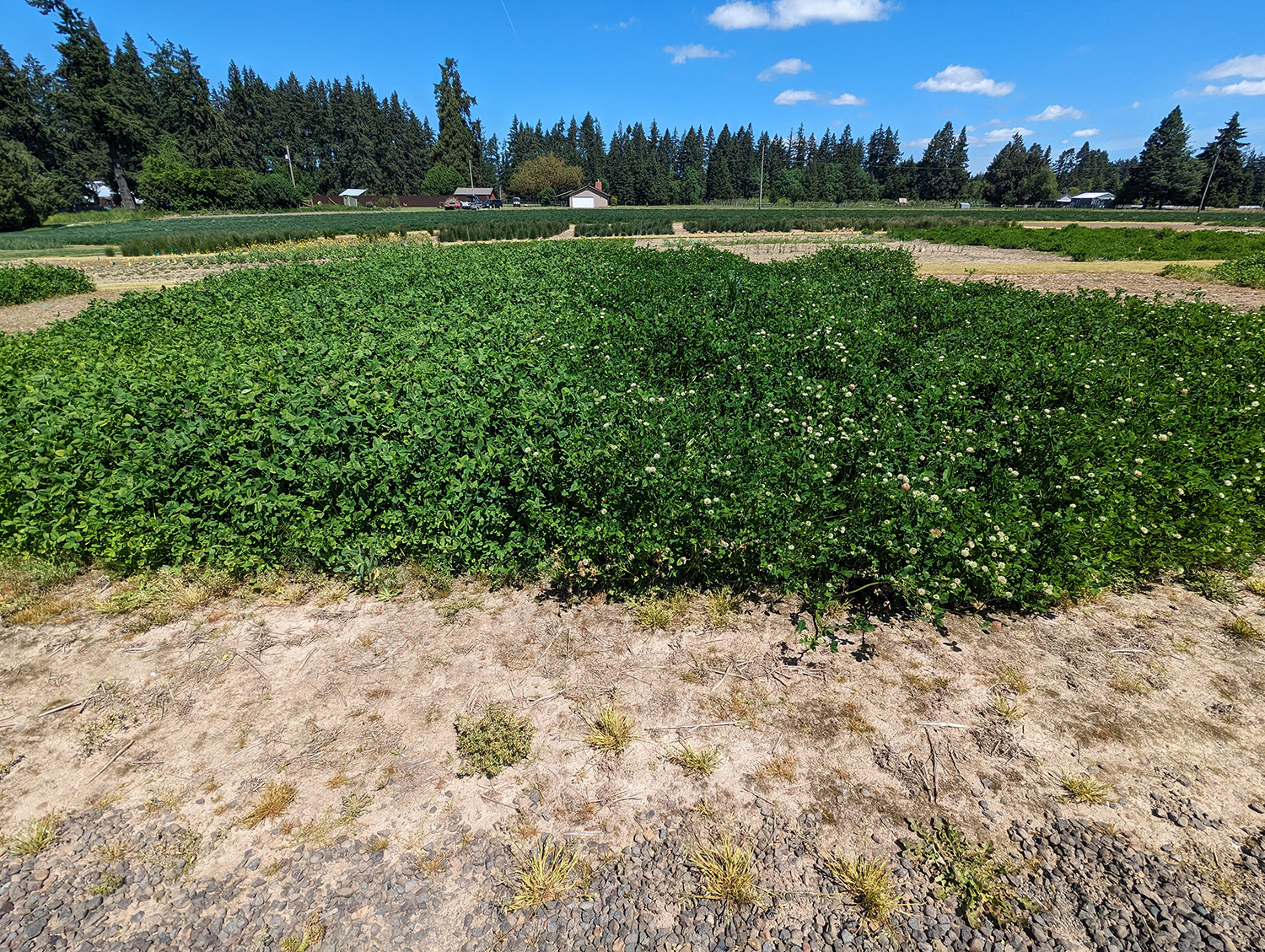

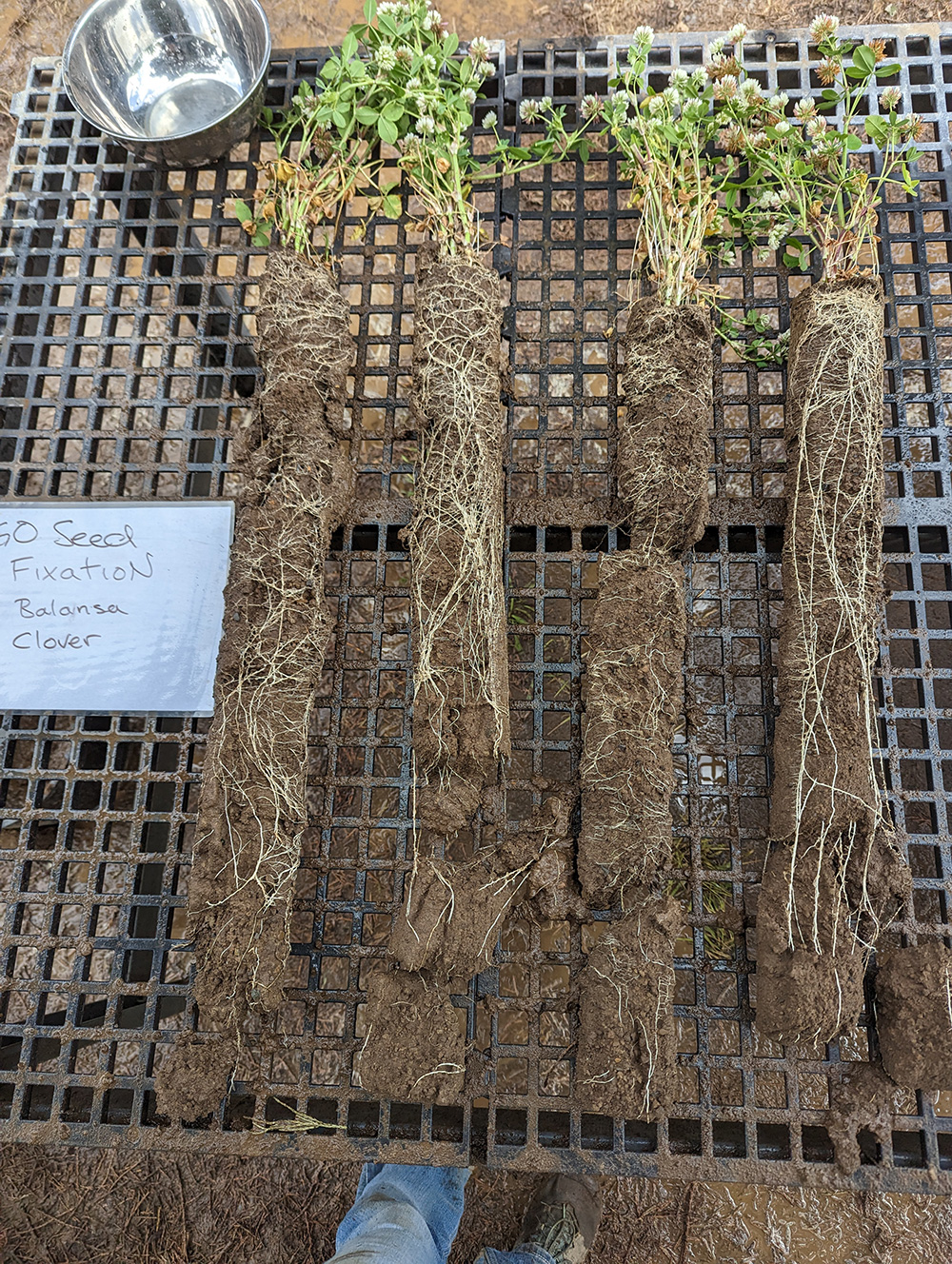

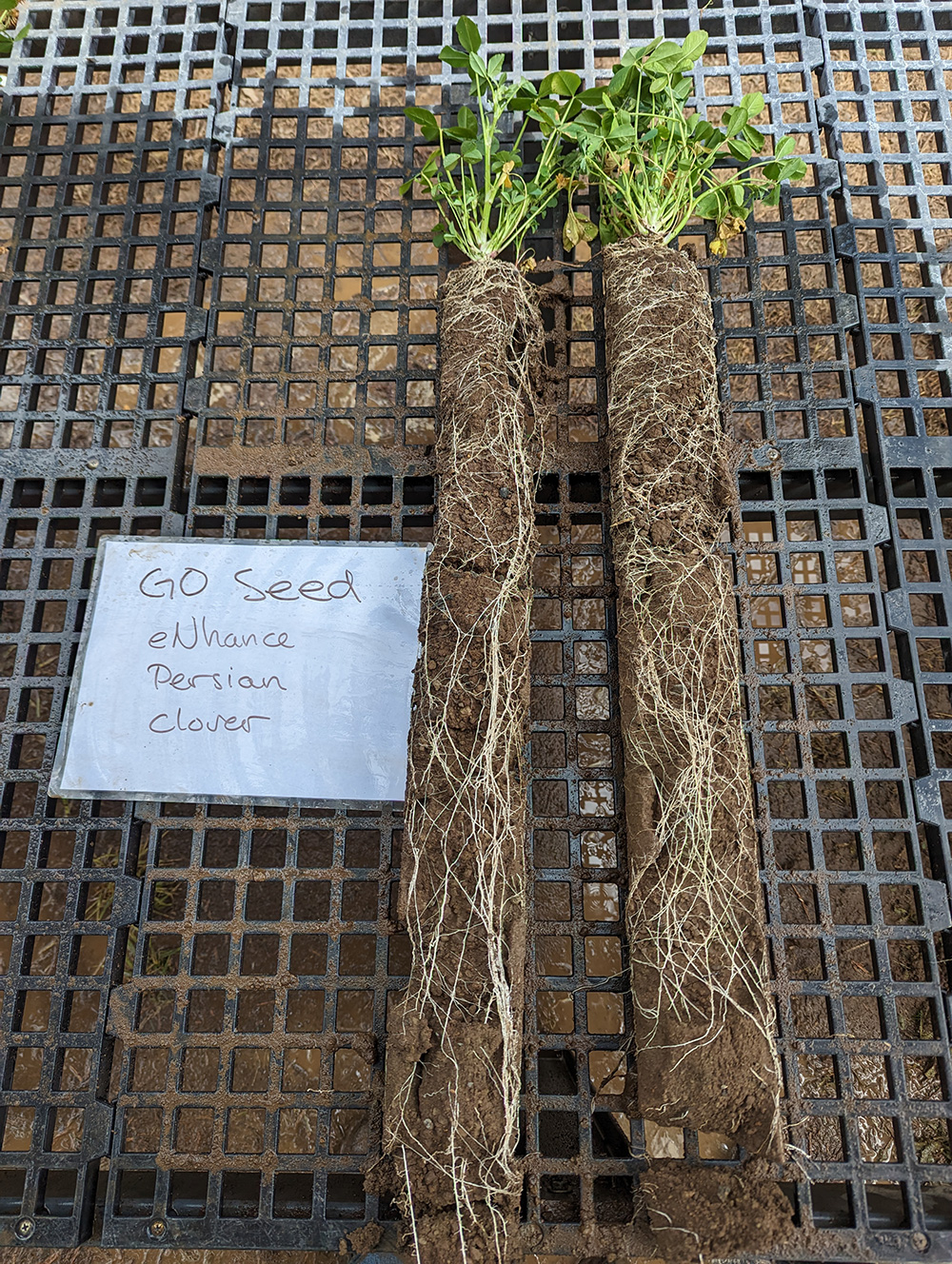





Drill: 41 lbs/acre
Broadcast: Not recommended
Depth: 1/4-1/2 inch
The Symptoms: Short spring cover crop growing season, soil erosion challenges, and the need to boost soil carbon and organic matter.
The Prescription: The Prescription: Roots that reach depths of up to 24 inches within four weeks, stabilizing soil, reducing erosion, and increasing soil carbon. Each component offers unique root structures, flower types, and microbial associations to address diverse farmer goals. This mix enhances water infiltration through
new soil channels and creates a rich habitat for pollinators.
The Benefits: The Benefits: Breaks the plow pan, reduces the need for intensive tillage, increases cash crop rooting depth, improves drought tolerance, enhances water infiltration, reduces surface runoff, and minimizes soil erosion.
The Research: Selections were based on a root elongation trial conducted at GO Seed’s research farm. Among 21 varieties, Driller Radish, Survivor Winter Pea, and phacelia demonstrated the fastest root elongation within their respective species. Designed for spring planting, this mix provides rapid habitat and soil cover during cash crop rotations.
